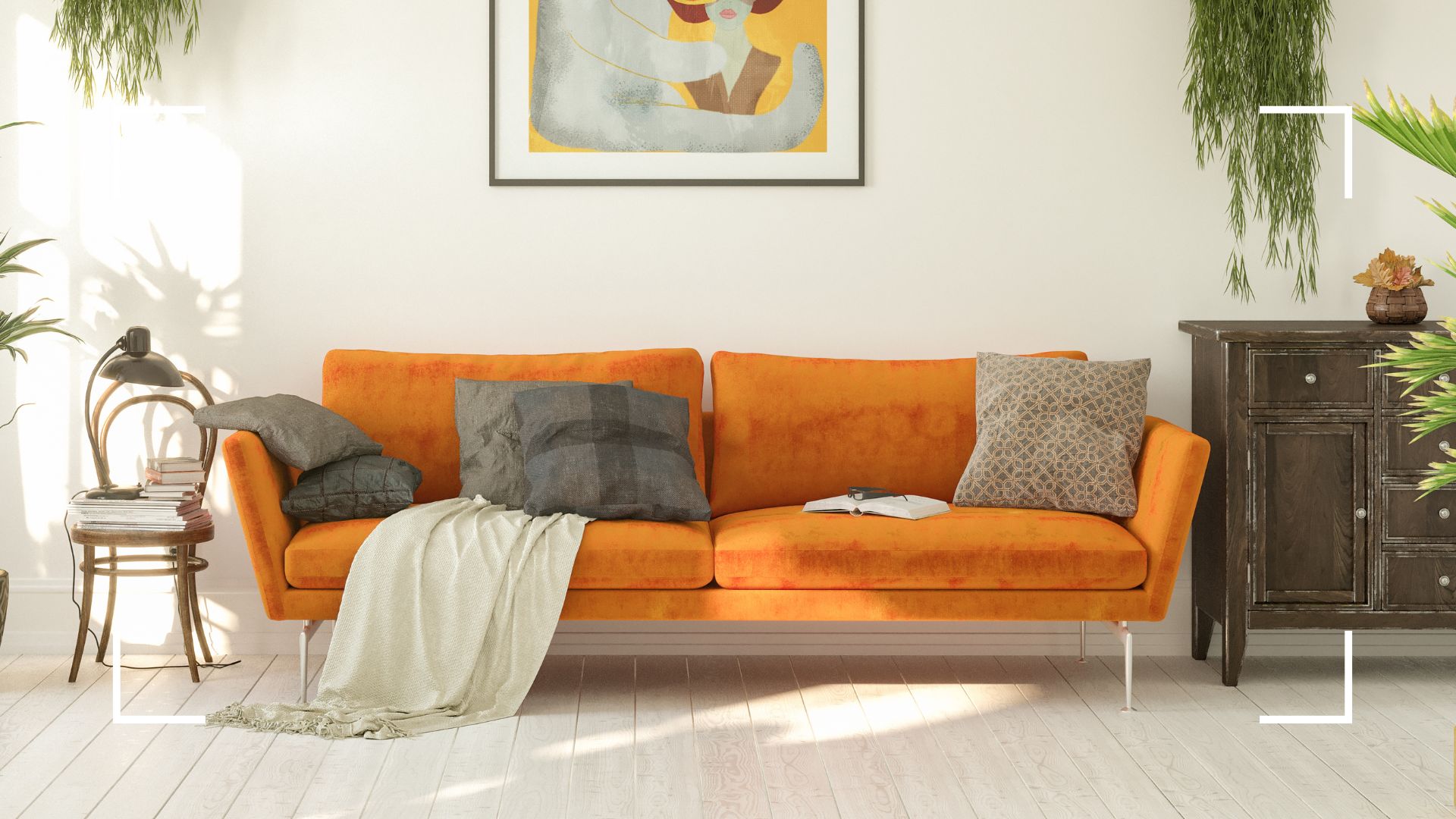
It can feel daunting to invest a lot of money into a piece of furniture, especially when you're not certain how long it'll last and if you'll get your money's worth. However, when it comes to sofas, there are certain conditions you can consider to make the decision less stressful.
If you're looking at the latest styles and interior design trends, to finally bite the bullet with a new purchase to update your living room for spring, then you might have questions when it comes to the lifespan of a sofa.
Similar to how long carpets last, sofas aren't invincible and there are a few variables to consider if you're looking for a particularly long-lasting suite.
With that in mind, we spoke to multiple sofa and furniture experts to gain insight into the longevity of sofas – picking up some handy tips for how to prolong it.
How long should a sofa last? Expert opinion
Unfortunately, just like how long your mattress should last, the longevity of your sofa depends on the quality and how much you use it. There's also the matter of what materials it's made of and such.
"Your sofa should last 10-15 years depending on the quality of materials, craftsmanship and usage in your home," says Erika Vipas, head of buying at Oak Furnitureland. "If looked after with love and care this can be extended to 20 years or more."
For example, a leather sofa used by a large household will have a shorter lifespan than an upholstered sofa that sits in a spare room and is used only occasionally. If your sofa gets a lot of use then there are some simple ways to keep it looking and functioning it's best for as long as possible.
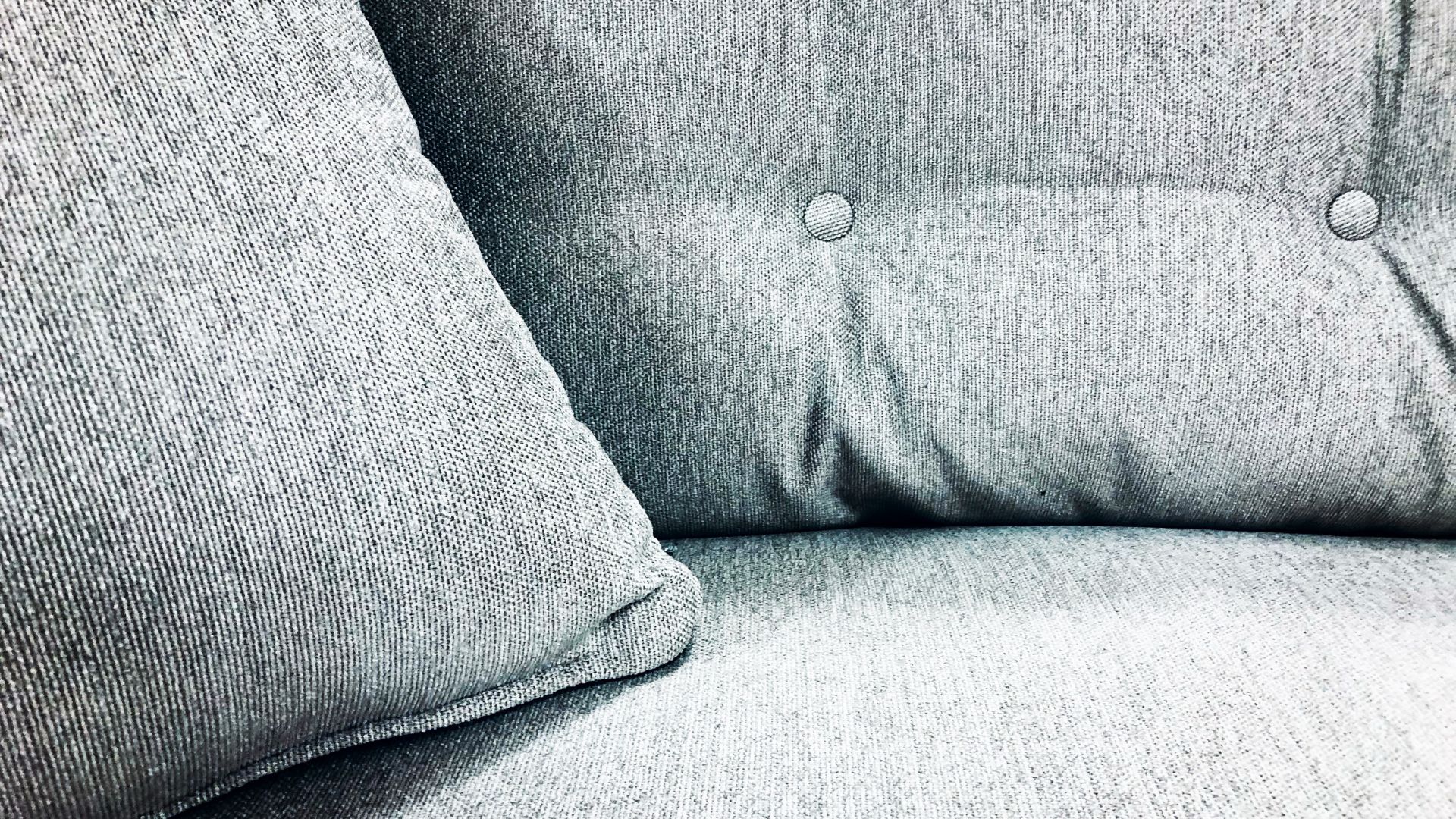
How do you know when your sofa needs replacing?
Even if you know how to clean your leather sofa or keep up with the maintenance of your beloved velvet sofa, there will be signs when it's coming to the end for the furniture.
"Signs that let you know it may be time for an update are when the cushions start to sag, the frame creaks or the back cushions aren't offering you the lumbar support you need to feel comfy and relaxed," explains Erika.
Maybe it's not the quality of your sofa that's changed but instead your tastes. You might've bought a loud and proud suite when you were into the maximalist decor trend but now you've started leaning more towards the minimaluxe aesthetic.
Your family might be growing, perhaps your two-seat sofa just isn't going to get the job done anymore and you need an upgrade. Erika says, "So whether it's an aesthetic, cosmetic or practical decision, it's important that your sofa suits your needs as it's often the focal point of your living space."
How to prolong the life of your sofa
Luckily there are a few ways you can work to prolong the lifespan of your sofa, no matter what material it's made from. Keeping on top of maintenance with your sofa will mean you're not having to splurge on a new one every few years, after all a new sofa isn't exactly a good way of transforming your living room on a budget.
The furniture experts have shared a few recommended tips and tricks to keep your sofa looking good and providing you with the utmost comfort for a long long time.
1. Regular cleaning
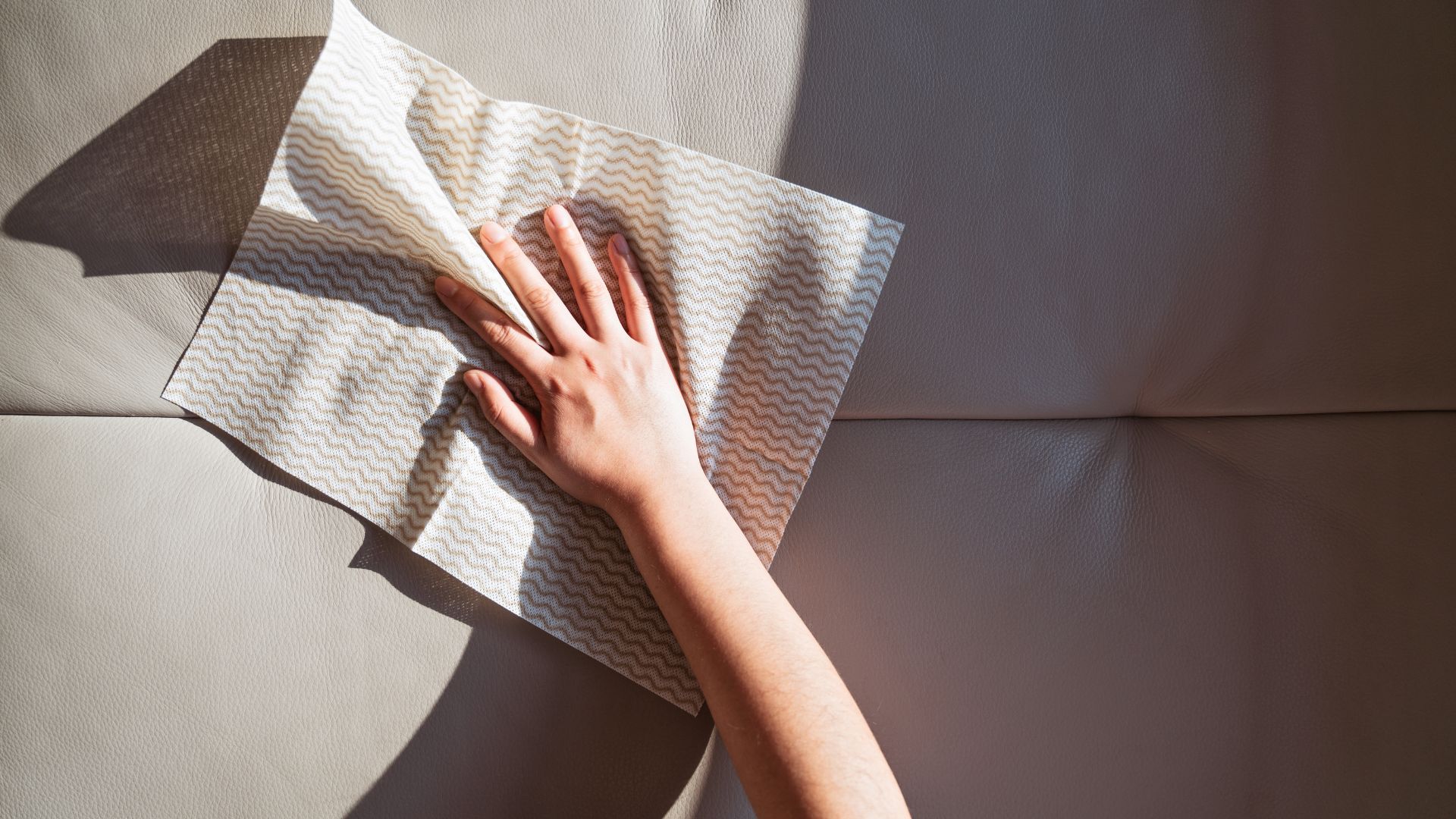
One of the easiest ways to keep your sofa at its best is to make sure you're regularly cleaning it and staying on top of any stains. The method of cleaning a sofa depends on the material, how you clean a velvet sofa is very different to how you'd tackle a fabric one.
"Regularly cleaning the upholstery is a surefire way of keeping it in good condition, however, be cautious with the cleaning method and what products you use," explains Laura Chiddey, furniture expert at Fabb Furniture.
"To avoid damage and ensure that you clean your sofa safely and correctly, read the cleaning instructions that come with the sofa. Cleaning tags can be found underneath the frame or along seat cushion edges to guide you on this."
Whilst some sofas will benefit from a vacuum, others with more fragile fibres may not so always check the manufacturer's recommendation before you start your cleaning process. Especially if you're spot-cleaning with a stronger cleaning agent.
2. Plumping and refilling cushions
This might already be one of your daily habits you do every day to keep your house clean and tidy, but simply plumping up the cushions on your sofa can make a huge difference to its lifespan.
Head of upholstery at DFS, Kelly Wyles says that you should ideally be plumping your cushion daily to keep it looking its best. She explains, "Pound each cushion four or five times with both hands and smooth out any creasing by running your hands from the front to the back of your furniture, applying a good amount of pressure."
Kelly also points out that if your sofa features removable cushions, you should be turning your cushions regularly. Should your cushion be looking particularly sad, then it might be time to refill which depending on the style of cushion you have will be varied in its methodology.
3. Protecting your sofa
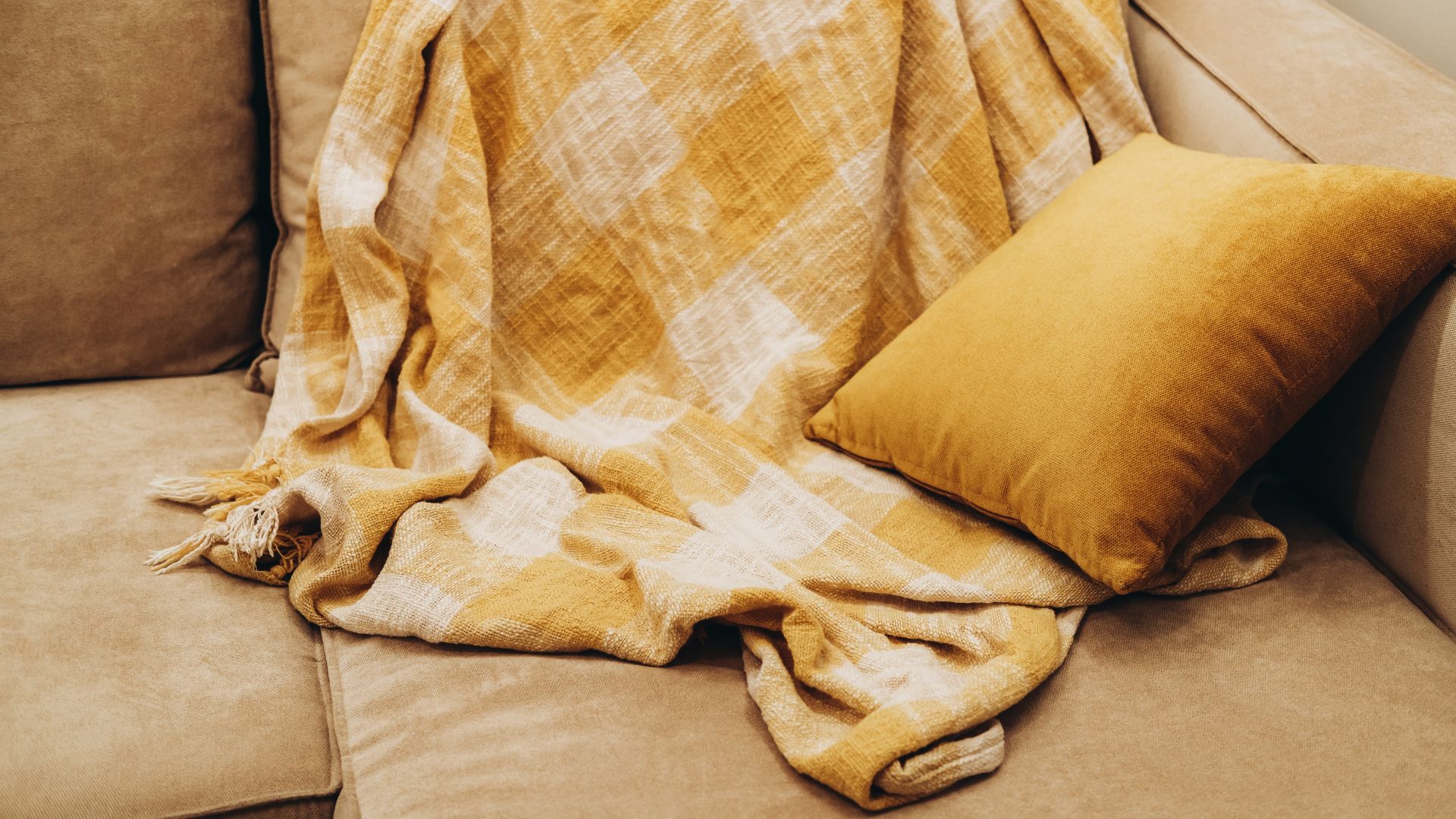
No, you don't have to keep the creepy plastic covering on, unless you want to of course, as there are a few other ways of protecting your furniture that won't make your guests uncomfortable.
Worrying about stains and spills on your new furniture is certainly no way to create a stress-free home, instead, why not put a throw over your fabric sofa to minimise the risk of damage and excess wear?
Jeannette Hudson, sofa expert at Online Sofa Shop, says "Avoid eating on the sofa and shield the fabric with throws or washable sofa covers to slow down deterioration."
RRP: £49 | This super cosy knitted throw will be the perfect addition to any sofa, and its thickness is ideal for protecting your furniture from excessive wear and tear. It also comes in two other more vibrant colours should you be more into the dopamine decor look.
RRP: £35 | If you're after something a little less chunky and more comfortable to sit on then this stunning woven acrylic throw is perfect for covering your sofa with. It has a modern abstract design and comes in two colourways depending on your chosen aesthetic.
RRP: £27.99 | When it comes to our pets we try our best to keep them off the sofa and beds but one look into their eyes and they're snuggled up next to us. These cuddles can however cause damage to our sofas, investing in a non-slip sofa bed like this will be a lifesaver for your furniture and peace of mind.
4. Keeping it out of direct sunlight
Whilst it might sound strange, sunlight can have a major effect on your sofa's lifespan. Just as too much sunlight can be the cause for your orchid's leaves turning yellow, it can alter not only the colour of your sofa but the quality of it too.
"Avoiding your sofa in direct sunlight throughout the day can also protect its lifespan, as excessive light and heat exposure can cause discolouration, reducing the quality of the sofa’s appearance," says Laura.
You can do this by not placing your sofa in front of your windows and also using cushions or throws will stop the majority of damage but there's no stopping a little sun damage through the years.
5. Invest in higher quality
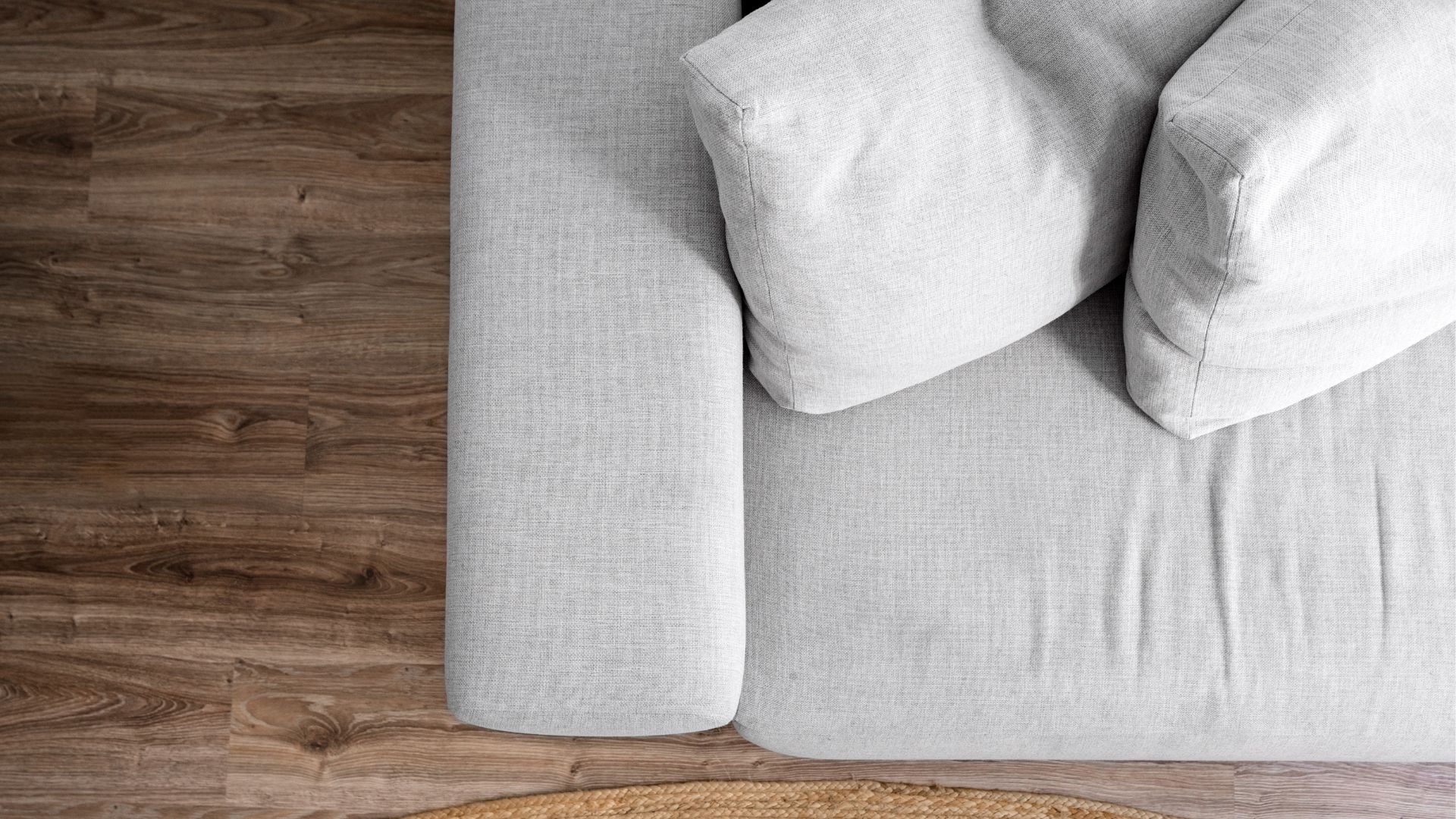
One of the most effective ways of making sure your sofa is looking its best for as long as possible is choosing a high-quality model when first buying it. There are a few things to look out for when buying your sofa and some particular conditions that will guarantee a long lifespan.
When looking at swatches, Caron Grant, the brand manager at Bridgman says to look out for the Martindale rub count. "This is incredibly important as it indicates the durability of a fabric according to the amount of time the material will take to show distress. Anything with a count of over 20,000 is a solid choice for general everyday use, but for a truly premium piece, you'll want to find something of 25 or even 30,000 or higher as these pieces will last you the longest and are truly worth the investment," she explains.
Of course, it's also important to prioritise the comfort of your chosen sofa as well as how it feels to the touch. Caron also suggests looking at the showroom sofas more closely, she says, "In a showroom with a lot of foot traffic, their sofas are going to show how yours could look in a few years, so it's important to take in how much wear and tear the piece you're interested in can withstand."
Can a sofa last 20 years?
20 years is a heck of a long time, especially when it comes to the lifespan of something that you use regularly day in and day out. But the good news is that yes, it's possible.
"Yes, a well-made sofa can last for 20 years or even longer with proper care and maintenance. Investing in a high-quality sofa and following good maintenance practices can significantly extend its lifespan," explains Jeannette.
The best way to make this happen is to ensure you're following the steps recommended above and doing everything you can to maintain your sofa's quality. And don't make any of the common mistakes when buying a sofa, starting with one that's good quality will put you in good stead for owning it for 20 years.
Don't make a living room design mistake and let your sofa arrive at an early grave. Choosing quality materials from the start and knowing how to look after your furniture will ensure you don't have to splash the cash for a very very long time.







